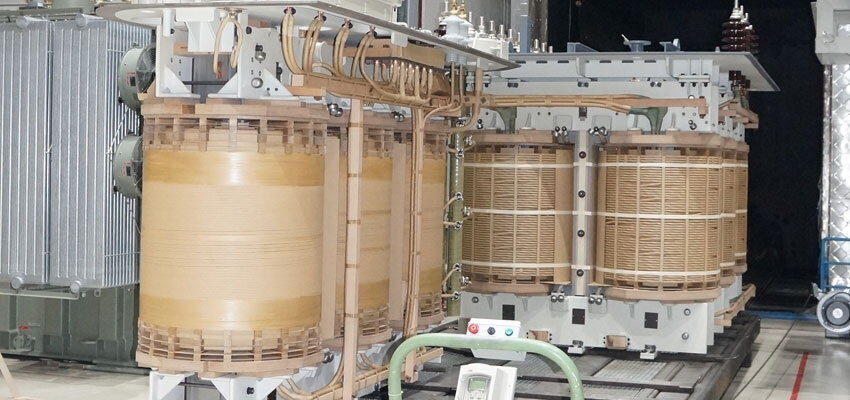
Vapor phase transformer drying – Part II
Abstract Vapor phase drying is the most effective method for drying transformer insulation in a manufacturing setting. The process does not lend itself well to...
byGregory R. Steeves

Abstract
Vapor phase drying is the most effective method for drying transformer insulation in a manufacturing setting. The process does not lend itself well to transformer drying in the field for a variety of reasons, including the difficulty of removing residual kerosene which can cause a potential change in transformer oil flash point. Several techniques are available for transformer insulation drying in both the field and in manufacturing. Vapor phase drying as part of transformer manufacturing is discussed in this paper.
Keywords: Vapor phase, transformer drying, vacuum chamber, VPD
Typical vapor phase steps
Loading of coil(s): One or more coils are loaded into the vapor phase vacuum chamber (autoclave). Typically, a number of thermocouples are installed at various locations (depths & heights) in the coils to monitor and record the load temperature throughout the process.
If isostatic pressing is part of the system, press plates are set and hydraulics are connected.
Leak test and preheat: After the coil is inside the chamber with thermocouples connected, the chamber door is closed. Pressure is reduced by vacuum to a preset level and leak-up rate is checked to verify a tight door seal and vacuum integrity of the chamber. Preheating of the system in preparation for the next step begins.
Wet cycle: Vacuum pump(s) lower the pressure in the chamber to the appropriate starting level. Solvent is then introduced into the chamber, heated and circulated through a spray system. Hot solvent being sprayed onto the load at reduced pressure transfers heat. The temperature and pressure of the system provide an environment for rapid water evaporation. Sufficient heat is added by the spray system to both replace lost latent heat from water evaporation, and also to raise the load temperature for the ‘dry cycle’ step. As the hot solvent contacts the load and transfers heat, its temperature drops so that it runs down into the solvent pool for recirculation.
In some products, a higher end temperature is required to set epoxy impregnated components. Precise temperature control is required so as to heat rapidly while minimizing overshoot of the upper temperature limit of the insulation. Water evaporating from the load leaves the chamber through the vacuum system and is condensed for collection ahead of the vacuum pumps. Relatively small amounts of solvent that carry over with the water are also condensed and collected.
The length of the wet cycle is determined by the load (coil: insulation & winding) size. Typically 90-95% of the total water content is removed during the wet cycle. It is not possible to remove all of the water content in this part of the cycle because dryness level is dependent on the vacuum level. In this step the vacuum level is controlled to optimize solvent use efficiency in the chamber.







